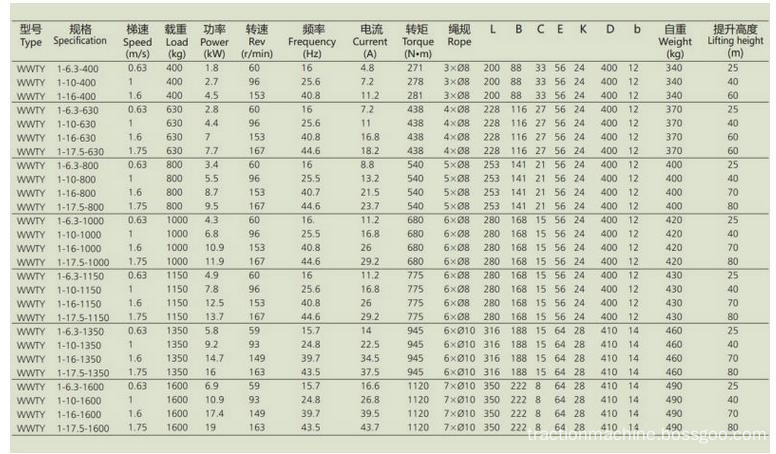For the gravure printing process, the solubility of the ink is firstly related to the formation of knife wire failure. Because the ink path of gravure printing is short, the distance from the doctor blade to the stamping point is generally less than the circumference of the 1/4 edition roller. The distance is further shortened. If there is a problem with the solubility of the ink, the ink impurities and large particles are likely to be embedded in the doctor blade, so that stripes are drawn on the gravure and transferred to the printing material to form a knife wire. Especially after adding the mixed solvent prepared in the specified ratio to the ink, there will be problems of solvent volatilization and balance, that is, the mixed solvent addition ratio and the volatilization ratio of each solvent in the volatilization process are seriously asymmetric, which will directly lead to The slow-drying agent in the mixed solvent stays and the quick-drying agent escapes.
In gravure inks, if the solubility parameter of the slow drying agent is close to the solubility parameter of the resin, the true solvent is retained, and the ink will not suffer from the problem of poor solubility. However, if the solubility parameter of the quick-drying agent is close to the solubility parameter of the resin, the pseudo solvent will be retained, which will bring a series of ink solubility problems. At this time, the originally uniformly dispersed ink will produce particle re-aggregation during the printing process, and the knife wire is one of the typical problems in gravure printing.
One of the classic methods to solve the problem of knife wire in gravure production is to install a metal screen on the ink return tube of the ink tray, or put on a woman's glass stockings (one or two layers) to filter the ink online. However, due to the solubility of the ink itself and the solubility of about 20% of the mixed solvent added to the resin after the ink is opened, the gravure process cannot effectively inhibit the re-agglomeration of the ink particles.
Moreover, due to the short ink path characteristics of gravure printing, the failure of the knife wire is inevitable. The ink path of gravure printing is very short. From the scraper to scrape off the excess ink on the surface of the gravure plate, the ink path is transferred from the gravure mesh to the printing material under the action of the rubber embossing roller. 1/4.
This is because the gravure printing process uses a positive scraper. The scraper bears the impact of the ink in the direction of the tangent to the rotation of the plate roller. The gravure scraper must move left and right along the axial direction to prevent particle embedding. When you need to print high-gloss small dots, you also need to adjust the blade seat upward and inward, and the blade head is adjusted to the center of the plate roller, that is, the blade is moved closer to the printing point, which further shortens the ink path. The shorter the ink path, the greater the risk of wire formation due to the particles embedded between the knife Rollers. Here it is necessary to explain why there is no problem of flexo printing: the scraper on the flexographic anilox roller will also pull out fine lines due to the intercalation of particles generated by the problem of ink solubility, but the ink path of flexo printing is relatively concave The printing is much longer, for 1/2 anilox roller circumference plus 1/2 plate roller circumference, which makes the fine lines drawn on the anilox roller have to be transferred to the printing material in the future, which has been quickly Leveling covered up.
The advantage of toluene-based inks in solubility is due to the great influence of toluene solvent. Since toluene is a solvent that has good compatibility with other solvents, as long as the mixed solvent mixed with other solvents meets the aforementioned solubility three In principle, the solubility of the gravure ink can be guaranteed, and the probability of the occurrence of the knife wire during the printing process will be greatly reduced.
Benzene-free and ketone-free inks are prone to cause wire failure during the printing process. At the beginning of printing, the failure is not obvious, but after a period of time, it is found that the failure of the knife wire increases, and this knife wire is often caused by unknown particles embedded in the scraper. And this kind of ink is easy to stick to the squeegee, and it will get better after the shutdown and cleaning, but after a period of time, it will be found that the ink accumulates on the squeegee, and if it is not treated, it will quickly form a wire.
Compared with toluene-based inks, the solubility of benzene-free and ketone-free inks has not yet fully reached the corresponding index of toluene-based inks, and the stability problem has become its main application dilemma, resulting in the loss in the printing process. Became its weakness.
This series of permanent-magnet synchronous gearless traction machines is directly driven by a low-speed, high-torque, 3-phase permanent magnet synchronous motor, and has the advantages of low energy consumption, low noises, no pollution, and little maintenance.
By using flat frame structure with three mounting surfaces, this series of traction machines can be installed on bottom floor or any middle positions or on the top of shaft way.
These traction machines can be arranged for providing upward traction or downward traction, and have remote manual brake release function. Wrap angle of the traction machines can be only 180°.
Standard Gearless Traction Elevator, Gearless Elevator Traction Machine, Gearless Elevator Machine, Gearless Traction Motor

Gearless Traction Machine,Gearless Traction Elevator, Gearless Elevator Traction Machine, Gearless Elevator Machine, Gearless Traction Motor
Ningbo Xinda Elevator Traction Technology Co., Ltd. , https://www.xinda-elevator.com